Inside the lost-in-time Mennonite community in Belize
In the 1950s, a group of Mennonites made their home deep in the Belizean jungle. For his new book, photographer Jake Michaels documents their tranquil, otherworldly life
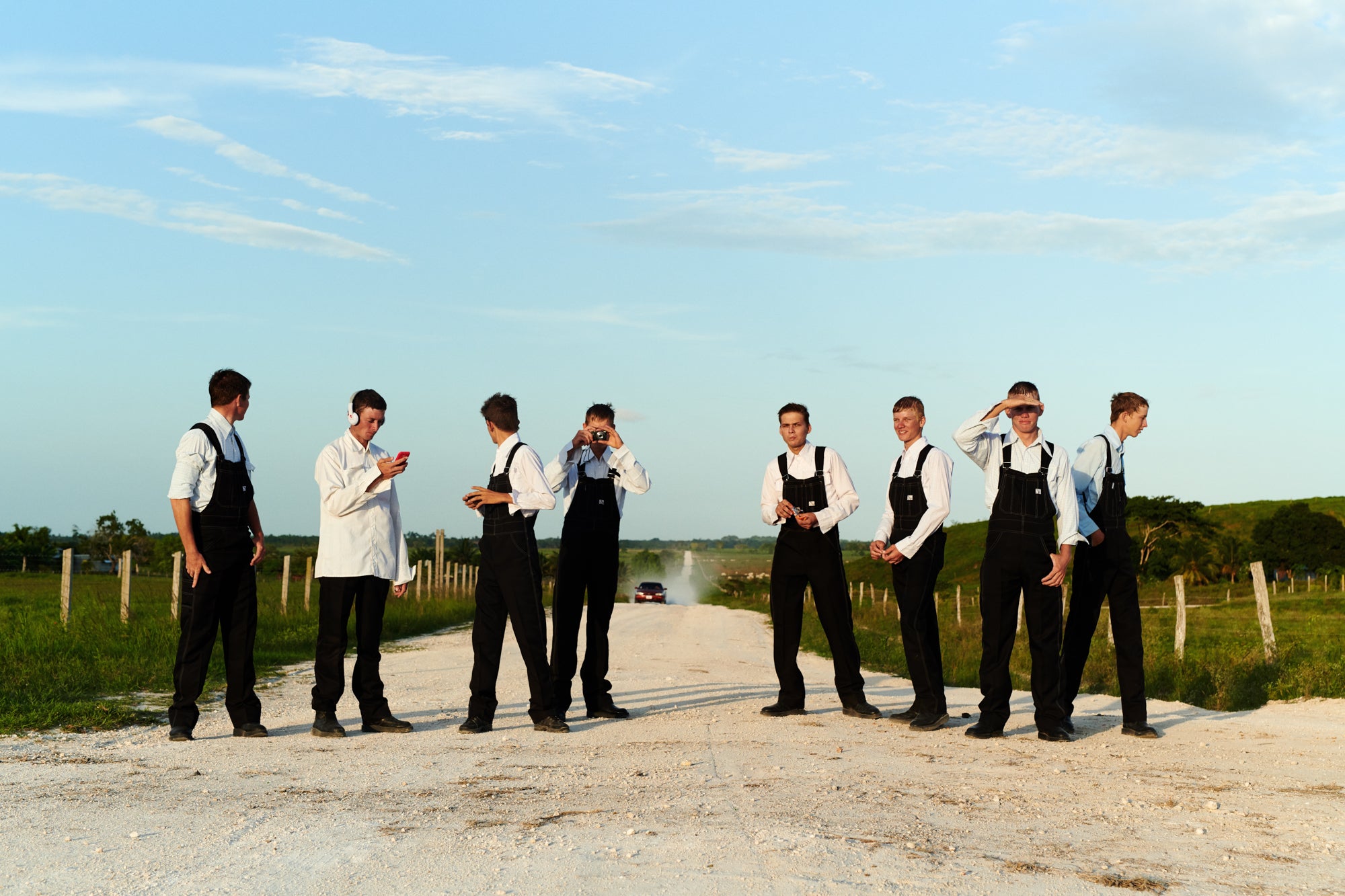
Your support helps us to tell the story
From reproductive rights to climate change to Big Tech, The Independent is on the ground when the story is developing. Whether it's investigating the financials of Elon Musk's pro-Trump PAC or producing our latest documentary, 'The A Word', which shines a light on the American women fighting for reproductive rights, we know how important it is to parse out the facts from the messaging.
At such a critical moment in US history, we need reporters on the ground. Your donation allows us to keep sending journalists to speak to both sides of the story.
The Independent is trusted by Americans across the entire political spectrum. And unlike many other quality news outlets, we choose not to lock Americans out of our reporting and analysis with paywalls. We believe quality journalism should be available to everyone, paid for by those who can afford it.
Your support makes all the difference.After a “weary and tiring” journey in 1957, a community of Mennonite Christians arrived on the southern bank of the Belize River in the Caribbean country then called British Honduras. “Neither bridge nor ferry awaited them,” wrote the Mennonite Gerhard S Koop in 1991. “On the northern bank of the river was a dark and forbidding jungle with its strange noises and smells. Underneath the dense bush, giant snakes and jaguars made their home.”
The Mennonites had travelled to the country now called Belize from Mexico in the last leg of a generation-spanning, continent-crossing journey. The group, who believe in self-sufficiency and autonomy from the state, had originated in Germany and moved to Poland and Russia to escape the threat of integration or persecution from mainstream Christian institutions.
In the late 19th century a splinter group of 7,000 moved to Canada and then to Mexico. When the Mexican government, too, threatened to include the group in their social security system, the group moved further south, settling in a few small communities in Belize, where the government would allow them to live more or less under their own rules in exchange for producing food for the local market.
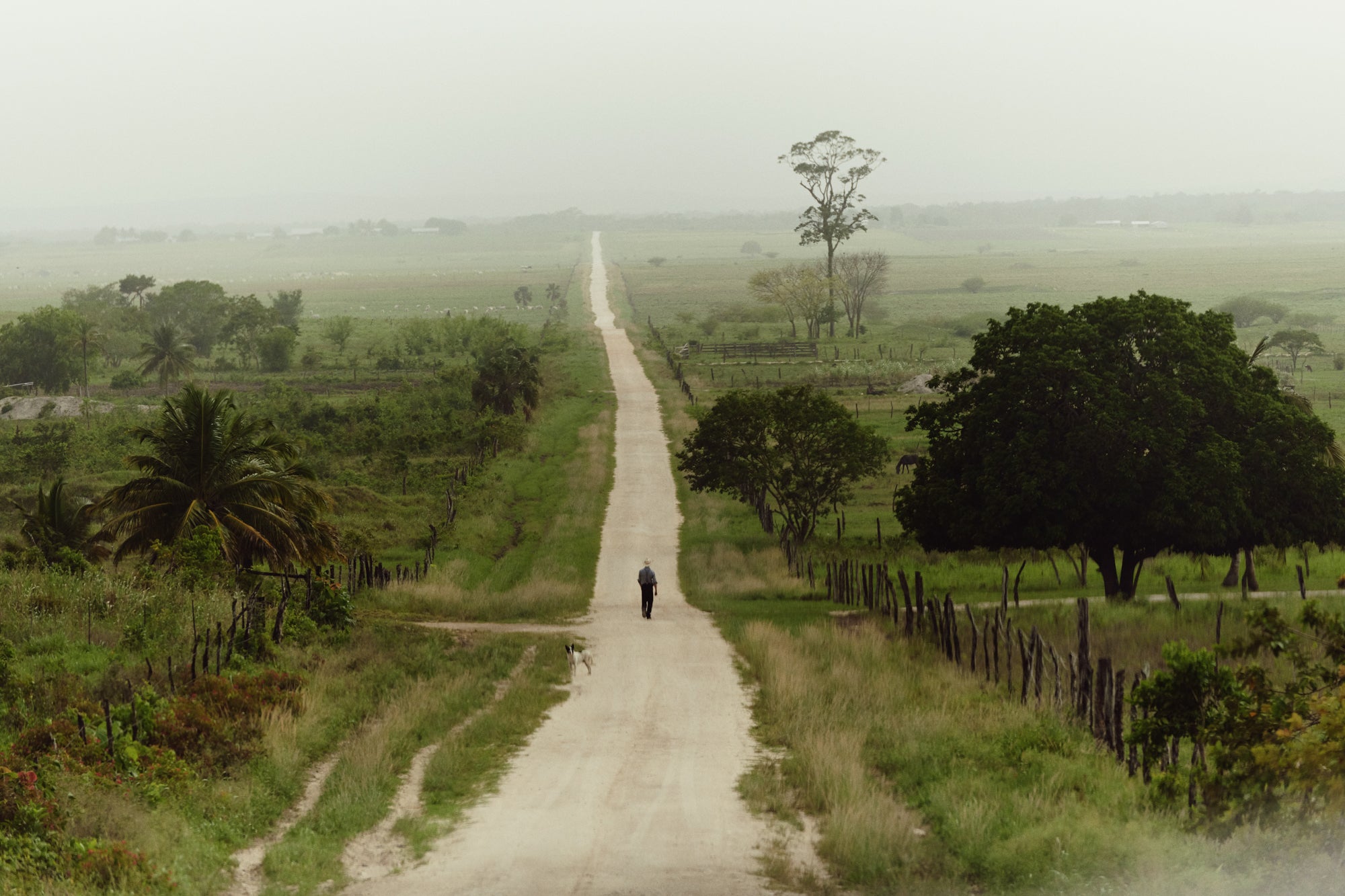
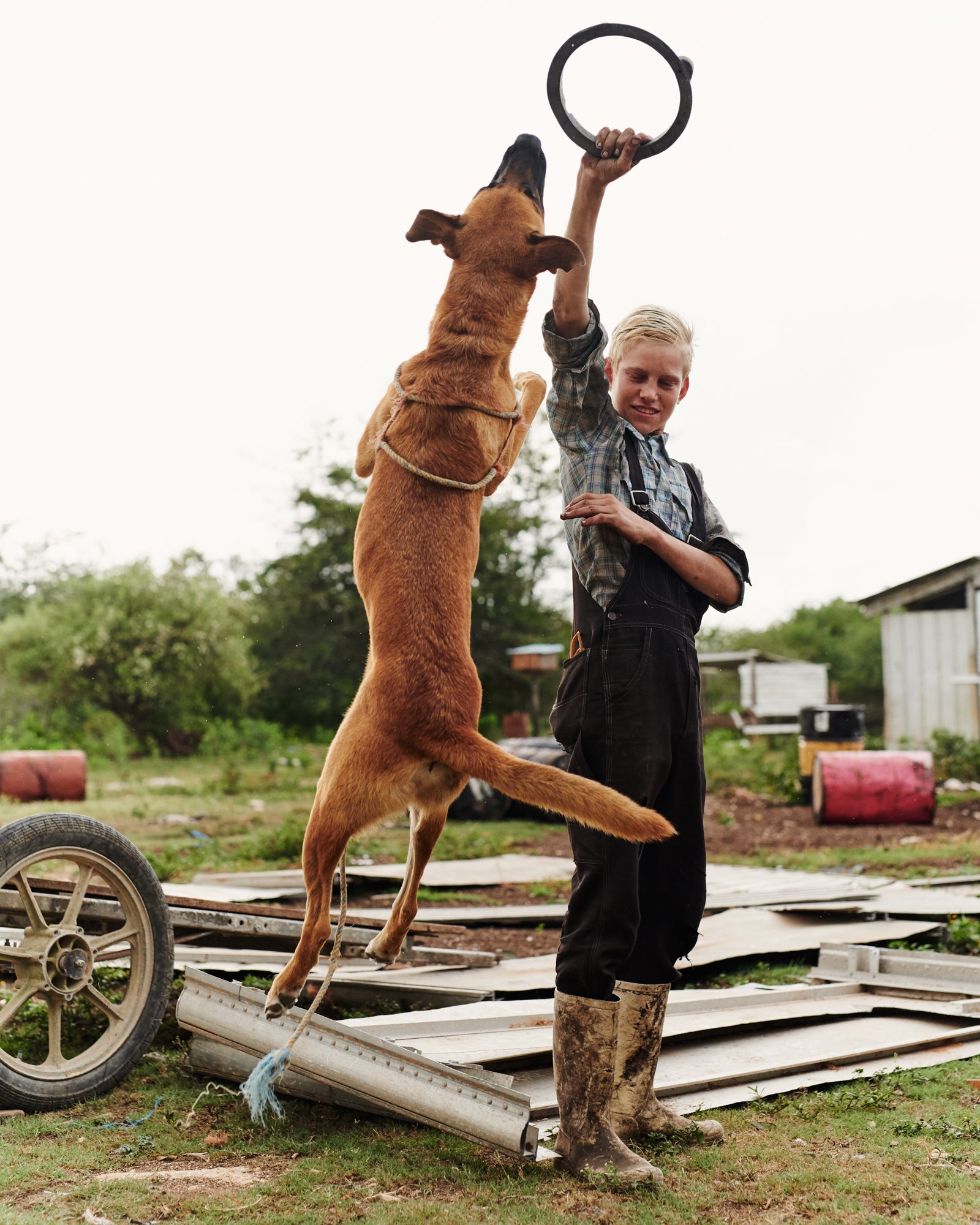
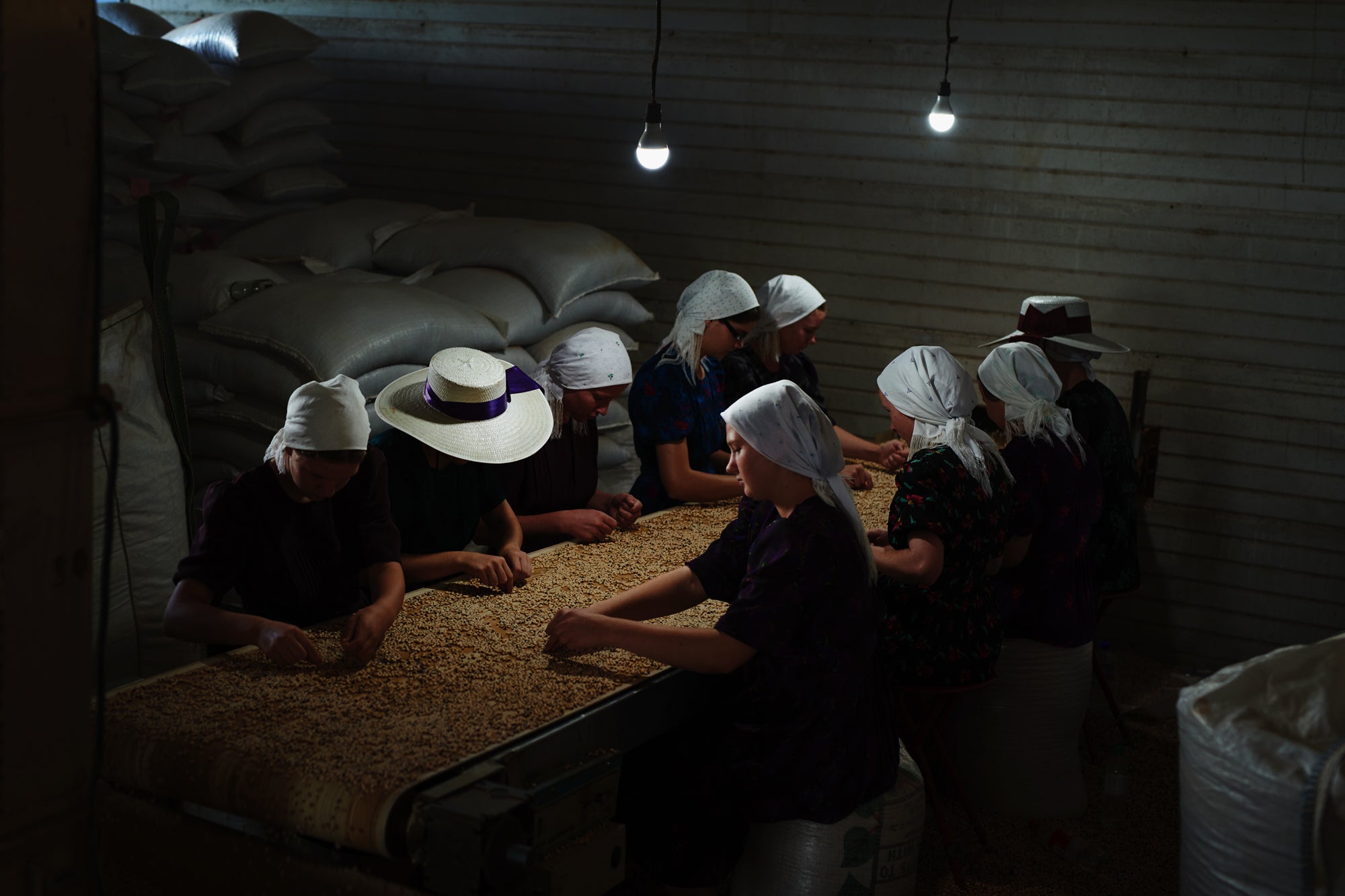

Although they were apprehensive of their new home in the jungle, the agricultural Mennonite communities soon flourished. American photographer Jake Michaels visited the settlements Little Belize, Indian Creek and Blue Creek in 2018, finding that little had changed since the first settlers arrived.
“Homesteads dotted the lush green hills; in each of these a family had their slice of paradise,” says Michaels. “The landscape recalled the simple agricultural society of the American midwest in the 1950s. I was struck by the near-silence of the land, only interrupted by the sound of horses’ hooves and wooden wheels. These buggies were often driven by young children with surprising authority.”
Michaels spent a week photographing the community after being granted permission by a pastor. “Everyone I interacted with was very kind and hospitable,” he says. “I spent as much time socialising as I did taking photographs. Almost every home we visited offered us a meal and if it wasn’t mealtime, a slice of milk pie.” Michaels, whose work has been in the New York Times and Time, has collected the series in a new book, c.1950, published by Setanta Books.
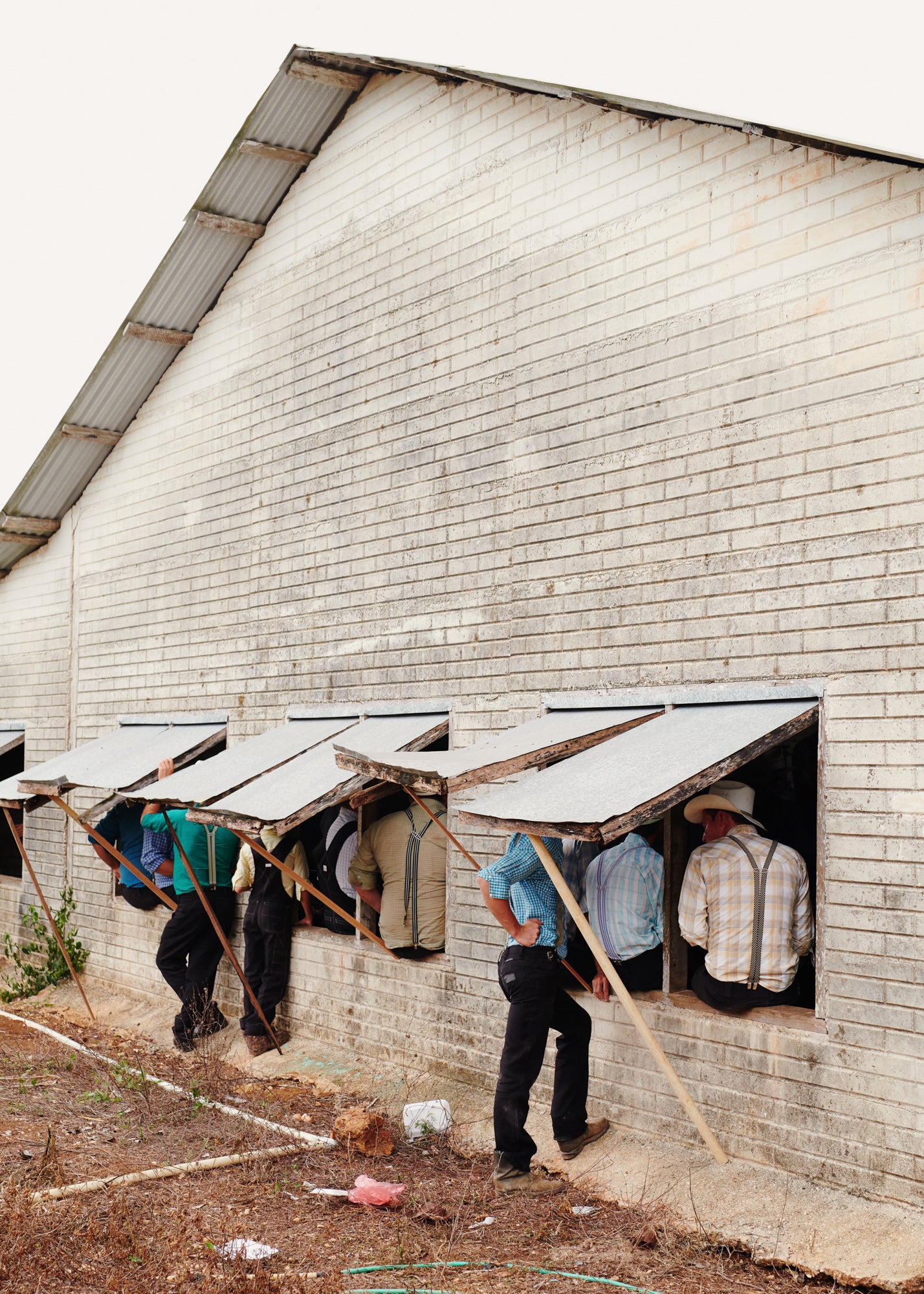
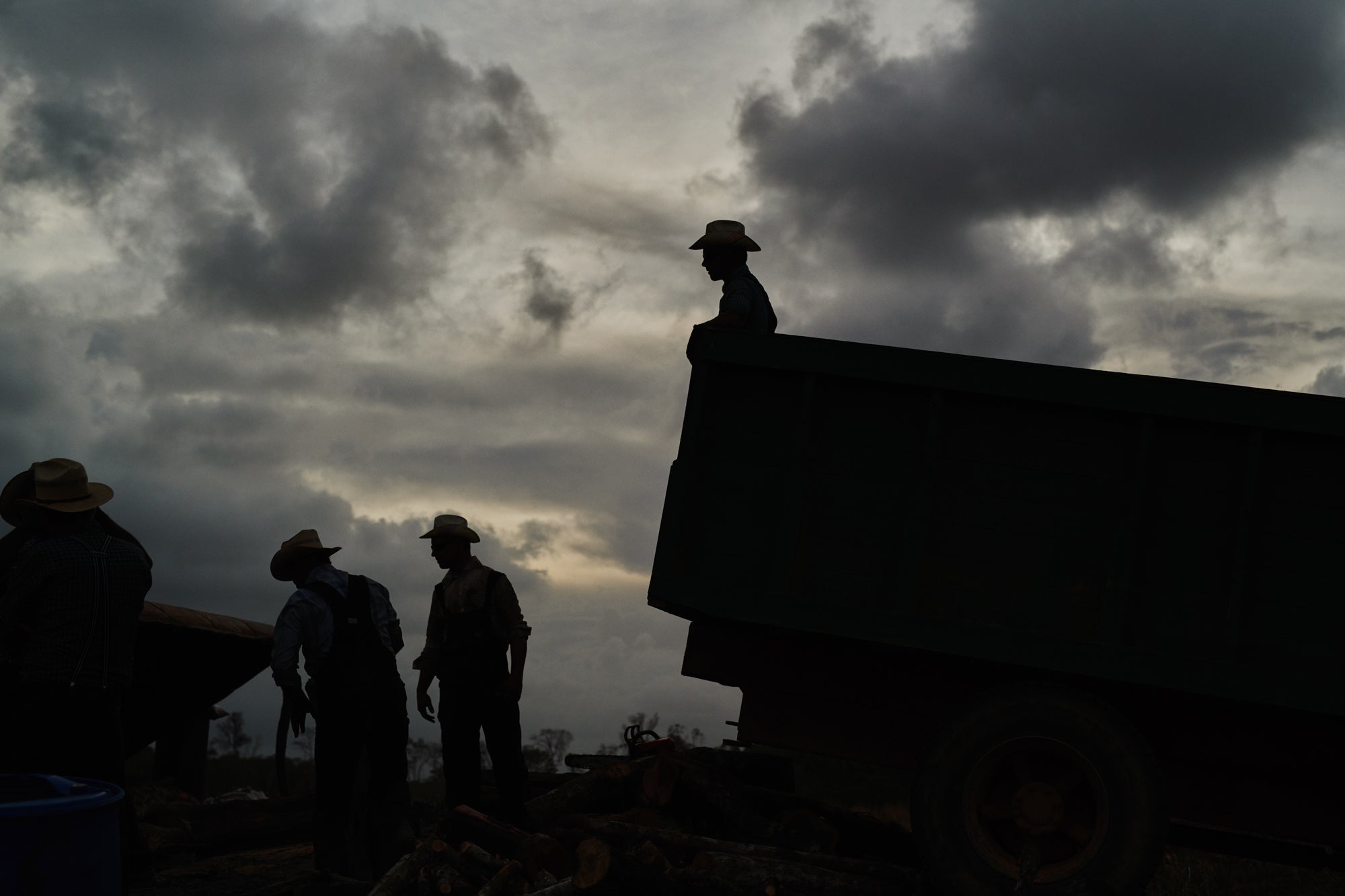
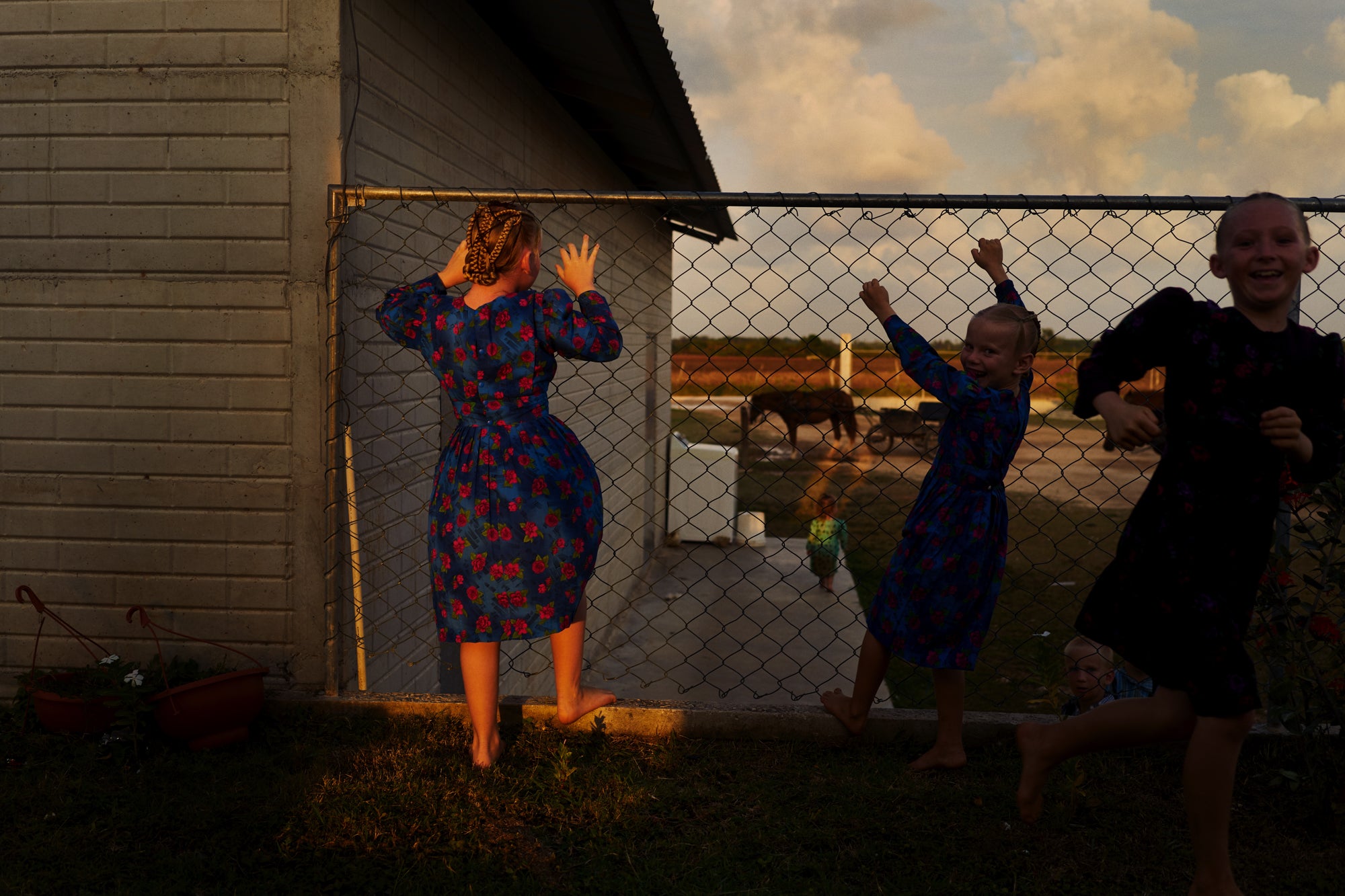
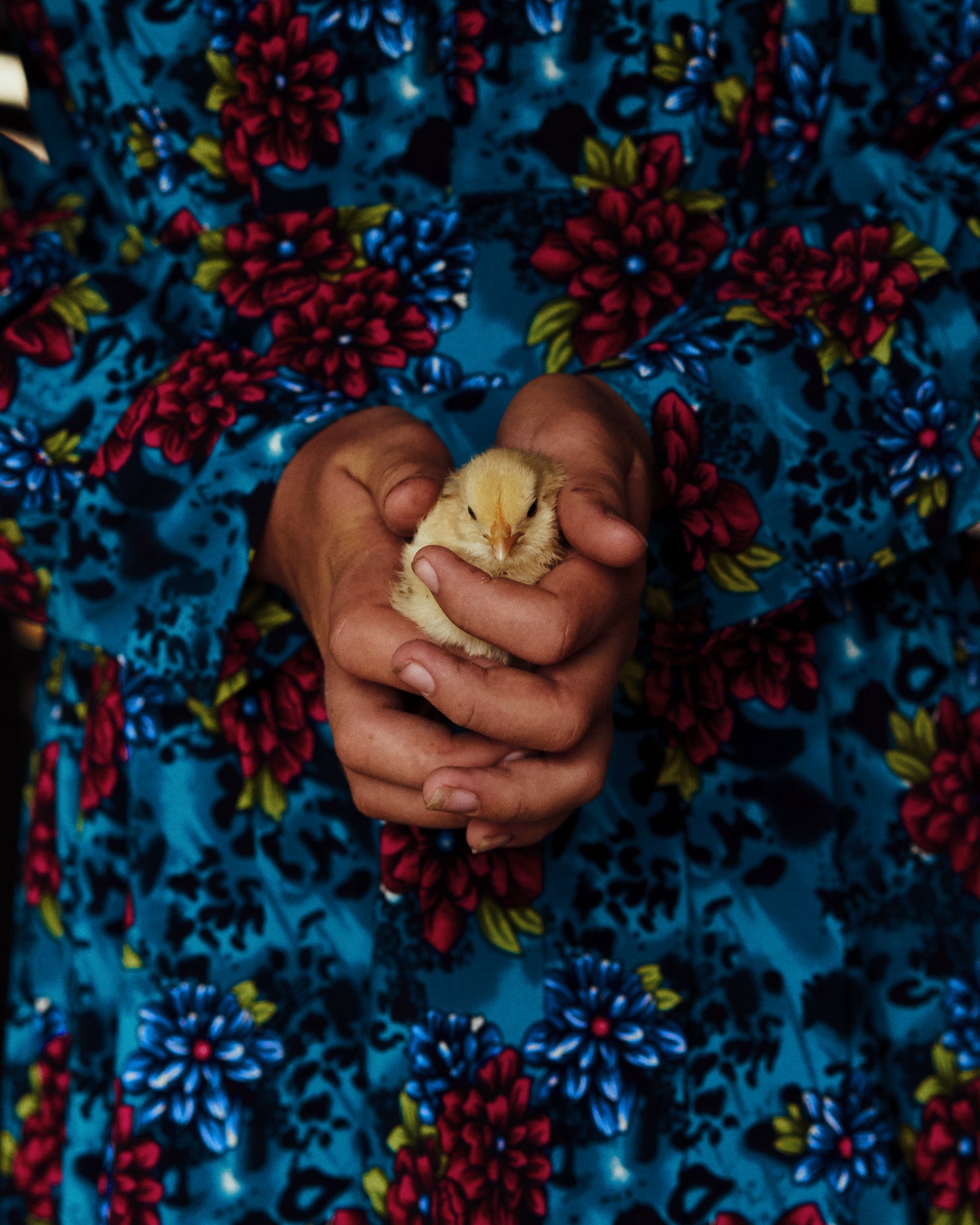
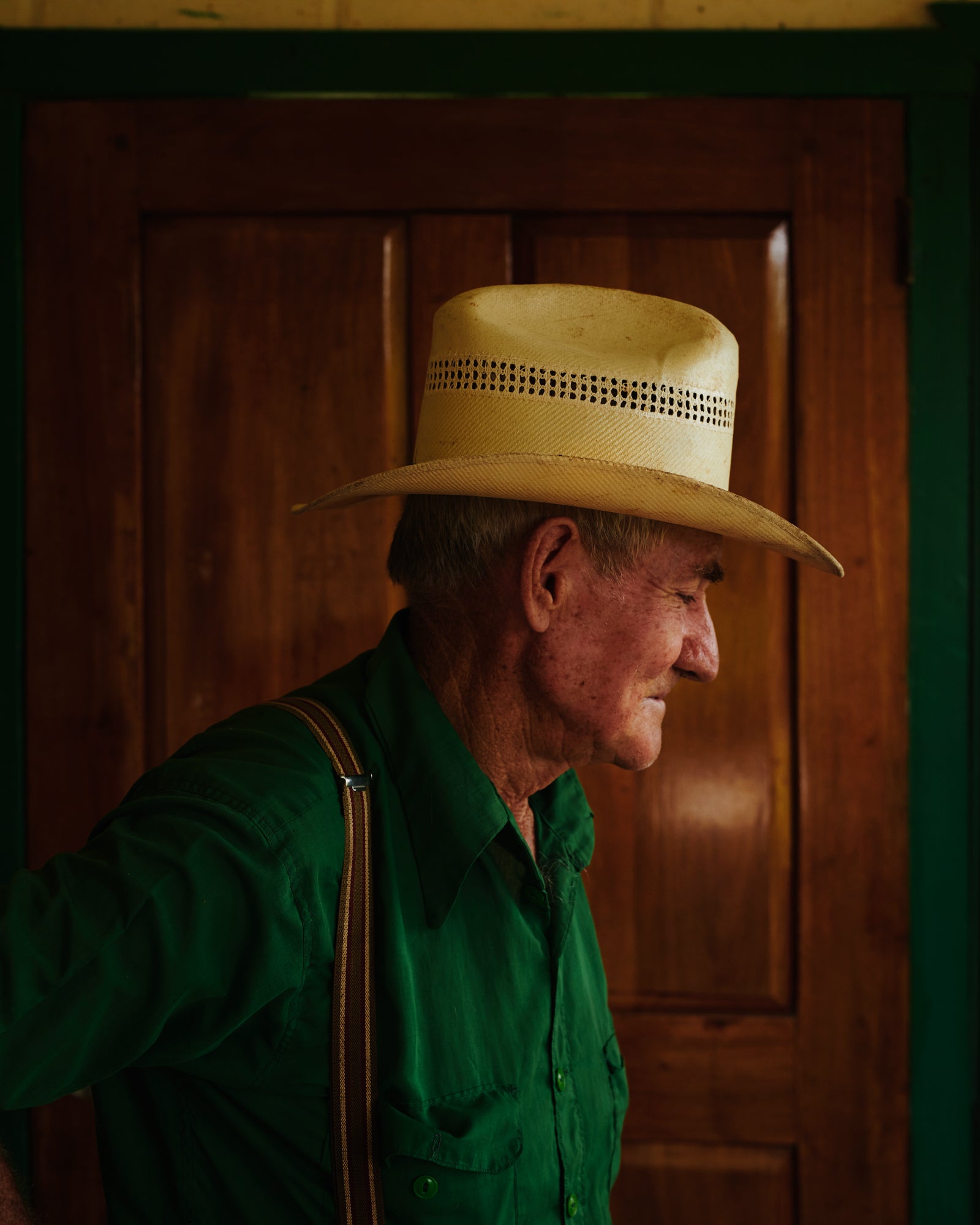
His pictures reflect the strong sense of community and tradition which survives in a landscape so different from which it first began. Although there are differences within each small community, many Belizean Mennonites still speak Plauttdietsch or Mennonite Low German, and dress in long home-made skirts, head coverings and overalls. Life centres around communal labour; families are large. Their population is growing at around 12,000 people.
But although the Mennonites have kept hold of their autonomy, they aren’t totally untouched by modernity. Michaels says: “Belizean culture is intertwined with the Mennonites. The Mennonites will be given rides into town by the neighbouring Belizeans who live in the nearby villages. Orange Walk, the biggest city in the area, is a mix of Mennonites and Belizeans.”
Reggaeton music can be heard playing from radios. Many pictures show boys holding cameras and photographing Michaels. He says: “The camera was a tool of communication for the both of us.
“Despite modern nuances, family and tradition bind this community and their way of life is richly preserved. Their simple vision of society provides the rest of us with a mirror: one is left marvelling more at the pace our own lives are changing rather than how theirs stays the same.
“I hope that c.1950 reminds us that it’s humans who make their social world based on a shared vision and another one is always possible.”
Join our commenting forum
Join thought-provoking conversations, follow other Independent readers and see their replies
Comments